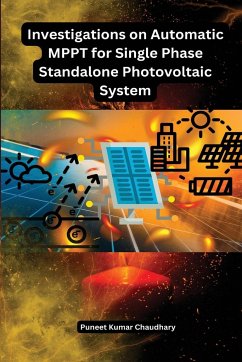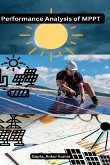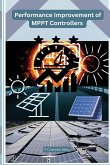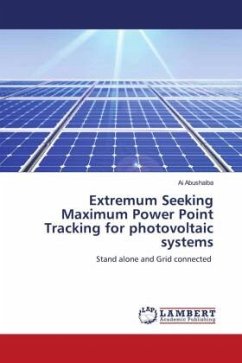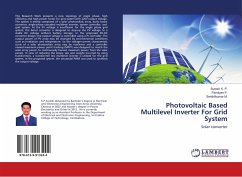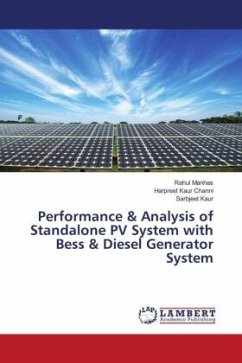Investigations on automatic maximum power point tracking (MPPT) for single-phase standalone photovoltaic (PV) systems involve in-depth studies and analysis of MPPT algorithms and their application in optimizing the power output of PV systems operating independently from the grid. Standalone PV systems are commonly used in remote areas or off-grid applications to generate electricity from solar energy. The investigations begin by examining the principles of MPPT and the importance of accurate tracking in maximizing the power generation from PV panels. Various MPPT algorithms, such as Perturb and Observe (P&O), Incremental Conductance, and Fractional Open Circuit Voltage, are evaluated and compared in terms of their effectiveness, accuracy, and response time. The focus is on identifying the most suitable algorithm for automatic MPPT control in single-phase standalone PV systems. The investigations also consider the design and implementation aspects of automatic MPPT control in standalone PV systems. Factors such as system architecture, sensor selection, control loop design, and communication interfaces are taken into account to ensure efficient and reliable MPPT operation. Additionally, considerations related to system stability, noise immunity, and anti-islanding protection are addressed to ensure safe and robust operation of the standalone PV system. The performance evaluation of the automatic MPPT algorithms is a crucial part of the investigations. Real-world experiments are conducted under different environmental conditions, including varying solar irradiance levels, temperature changes, and shading effects. The investigations analyze the algorithms' ability to accurately track the maximum power point (MPP) and assess their performance in terms of power extraction efficiency, response time, and tracking accuracy. Furthermore, the investigations explore the impact of system parameters, such as PV panel characteristics, converter topologies, and energy storage systems, on the performance of the automatic MPPT control. The aim is to understand the interactions and dynamics between different components and optimize the system design for improved MPPT performance and overall energy generation. The findings of the investigations provide valuable insights into the automatic MPPT control for single-phase standalone PV systems. They contribute to the development of more efficient and reliable PV systems that can autonomously track and extract the maximum power from solar energy. These investigations also pave the way for advancements in standalone PV system technologies, enabling reliable and sustainable electricity generation in areas without grid access or in off-grid applications.

